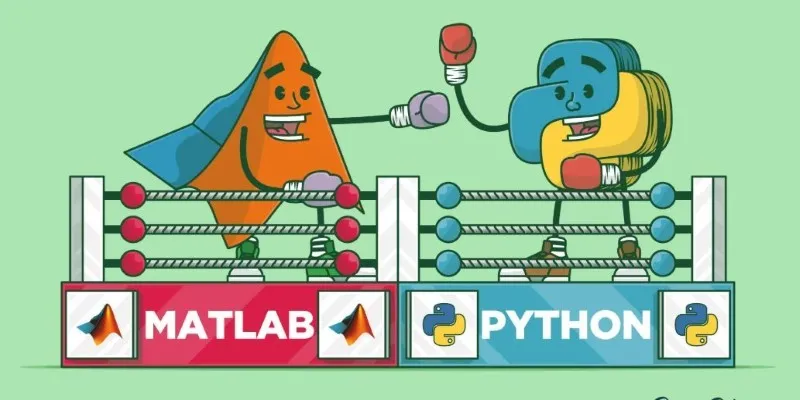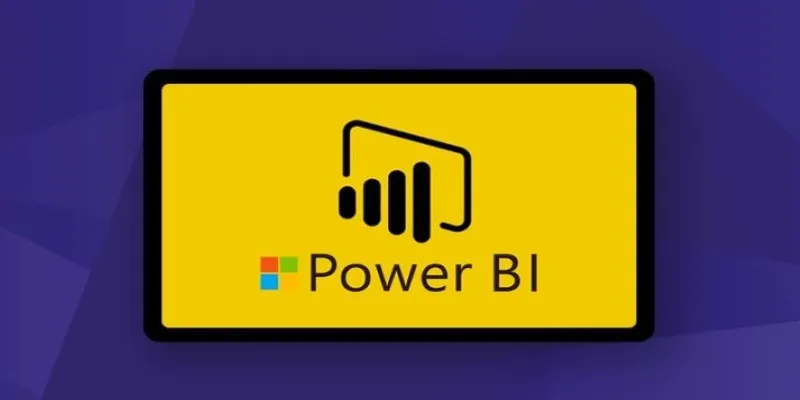Every February, millions tune in to the Super Bowl, focusing on every snap, pass, and hard-fought yard. Yet, amidst all the precision expected at this level, one part of the game remains surprisingly dated — spotting the football. While cameras capture plays from every angle and instant replays dissect each moment, the placement of the ball after a play still comes down to human judgment and a pair of metal chains stretched across the field. Fans and players alike have questioned close calls that sometimes decide the outcome of games. Why hasn’t this process improved, and what stands in the way?
The Current System and Its Flaws
Currently, spotting the ball depends almost entirely on what the officials see in the moment. After each play, referees decide where the runner was stopped and place the ball by sight, while the chain crew measures ten yards in the same way it has been done for decades. It’s simple, but its shortcomings are obvious in today’s game.

Referees are forced to make instant calls through a tangle of bodies, where a player might reach the ball forward at the last second or disappear under a pile. At home, viewers get multiple replays, slow motion, and perfect camera angles that often tell a different story. Even a few inches one way or the other can swing momentum, especially in the Super Bowl when every play matters. For a league that uses state-of-the-art replays and graphics everywhere else, this old-fashioned approach stands out — and not in a good way. Fans have noticed, and patience is wearing thin.
The Promise of New Technology
Other sports have adopted technology to help with close calls. Tennis utilizes Hawk-Eye to track balls landing on or near the lines, while soccer employs goal-line sensors to confirm whether the ball has completely crossed the line. Even football already uses instant replay reviews for touchdowns, turnovers, and sideline plays. The idea of technology helping with ball placement seems like a natural next step.
Some companies have developed prototypes for sensors placed inside the football itself. These would communicate wirelessly with receivers placed around the stadium to pinpoint the ball’s position with extreme accuracy. Other ideas involve cameras and advanced software capable of tracking both the ball and players simultaneously, even when visibility is poor. Such systems promise to cut down on human error and align what officials see with what viewers already expect. Some of these systems are being quietly tested in practice settings, showing potential but not yet ready for the bright lights of the Super Bowl.
The Roadblocks Holding Progress Back
Despite the promise of these tools, there are reasons the NFL hasn’t rolled out any of them yet. One of the biggest concerns is reliability. Technology used in the Super Bowl must work perfectly every time. The stakes are too high for glitches or failures in critical moments. Football also presents unique challenges compared to other sports. The ball is often hidden in piles of players, moved slightly after the whistle, or blocked from camera view entirely. So far, no technology has proven fully able to handle all these scenarios consistently.

Cost and logistics also play a role. Outfitting every stadium with sensors or tracking cameras would mean a significant investment. Training officials and staff to use and trust new systems would also take time. Another factor is philosophy. Many in football value the human element of officiating, seeing it as part of the game’s character. They argue that while errors are frustrating, they contribute to the unpredictable drama that fans have come to accept.
Lastly, the process for adopting any change at this level is slow. New rules and technologies require extensive testing, agreement from teams and owners, and approval from the league’s competition committee. For a league already sensitive to criticism and scrutiny, rushing something unproven onto the biggest stage is not an option.
What the Future Might Look Like
Even with these challenges, it seems clear that ball spotting will evolve. Technology improves every year, with sensors getting smaller and tracking systems becoming more sophisticated. Once a system proves reliable, it will likely be introduced gradually, perhaps tested in preseason games or lower-profile matchups before being trusted in the Super Bowl.
When that day comes, human officials will still likely play a role. Technology would serve as a backup or confirmation, helping ensure accuracy without removing the human oversight that keeps games flowing. Fans can expect a hybrid approach, where the tradition of football is preserved but aided by tools that make the game fairer and more transparent. The goal will not be to eliminate all mistakes but to reduce the kind that can turn championships on inches.
For now, debates over close calls will continue. Officials will keep making the best decisions they can, and fans at home will keep seeing their version of the truth on replay. The league continues to quietly test and evaluate emerging systems, knowing that when the time is right, change will finally come. That change will align the precision of ball spotting with the rest of the high-tech presentation already shaping the modern NFL.
Conclusion
The Super Bowl represents football at its highest level, yet its method for spotting the ball remains stuck in the past. While technology has improved so many aspects of the game, officials still rely on judgment and chains to determine placement. Fans and players notice the shortcomings, especially in tight moments when the smallest measurement matters. Promising solutions exist — sensors, cameras, and tracking systems — but they aren’t yet ready to meet the demands of football’s most-watched event. For now, the league takes its time, testing and refining its approach. When the change finally comes, it will feel overdue but necessary for the sport.
 zfn9
zfn9











